For many triathletes, the Ironman on Big Island, Hawaii, is more than just a competition – it's a myth, an adventure, and a test of body and mind. Those who train here to compete in Kailua-Kona immerse themselves in a unique and demanding environment unlike any other. The roads of Big Island are anything but ordinary; they are characterized by a rugged nature, intense heat, relentless sun, strong gusts of wind, and the constant challenge of navigating undulating and sometimes hot asphalt.
The cycling route alone is 180.2 kilometers long, interspersed with almost 1,500 meters of elevation gain. It winds along the coast and through lava fields, past the airport, through Kawaihae to the famous turnaround point in Hawi and back. On this route, you not only feel your muscles burning, but also the wind, which can be particularly treacherous here. The "Hoʻo-Mumuku" winds are known crosswinds that blow at up to 80 km/h and make it a challenge to keep your balance, even for experienced cyclists. They tug on the bicycle, demand concentration and full control - a balancing act between speed and safety.
In this harsh environment, where the sun beats down mercilessly and the black lava asphalt absorbs even more heat, the road becomes an arena. Carelessness or overestimation are quickly punished here. Therefore, traffic signs on Big Island are not mere accessories, but vital guides. They indicate hazards, speed limits, and promote respectful coexistence between cyclists and vehicles. Using the shoulder is absolutely essential for safety during training; it's often the only safe space for cyclists who here contend not only with physical challenges but also with traffic.
Furthermore, intersections are a particular challenge. Not every road user is familiar with the rules of right-of-way when turning, and a triathlete in a rush of speed can quickly be overlooked. The speed of cyclists is often underestimated because everything is taken rather leisurely in Hawaii. Be sure to pay attention here and drive defensively.
This awareness of the road and its signs is far more than just a precaution. It is an expression of respect for the island, the locals, other road users, and above all, one's own life. The Ironman course demands mental strength, but also humility in the face of the forces of nature and the local conditions. Training on Big Island is therefore not only about building the body, but also about learning to be mindful and responsible.
Using the shoulder protects you from the fast cars and loud motorcycles on the roads and creates a safe training zone. Respecting traffic signs avoids risky situations and accidents. This turns training on the roads of Big Island into more than just physical exertion – it becomes a test of the mind, a dance with the elements, and a piece of preparation for what the Ironman World Championship is really all about.
Training on Big Island means immersing yourself in nature, adapting to the challenge – and with every pedal stroke, getting closer to the finish line in Kailua-Kona. It's a journey that demands both body and soul, but also a unique opportunity to become part of one of the world's most legendary races. With respect, caution, and the shoulder of the road as a faithful companion, every training session is a step towards triumph.
Just like the Ironman itself – tough, merciless, but unforgettable.
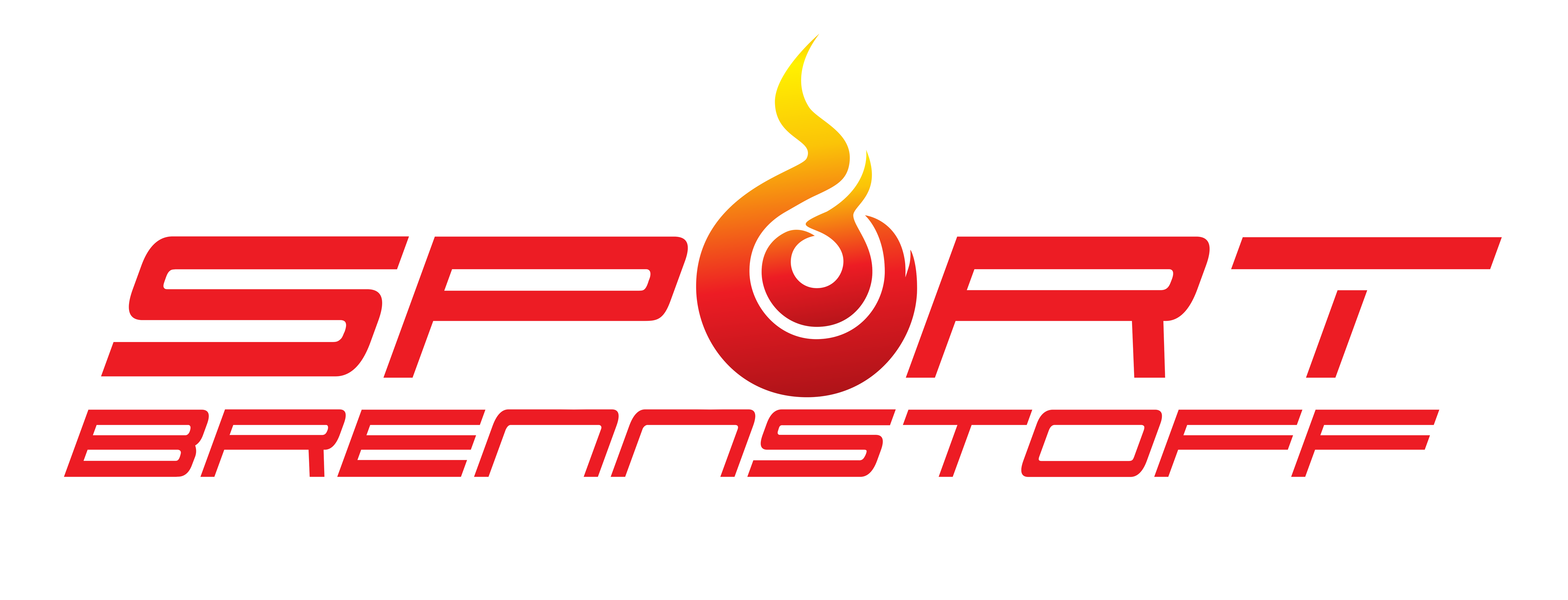

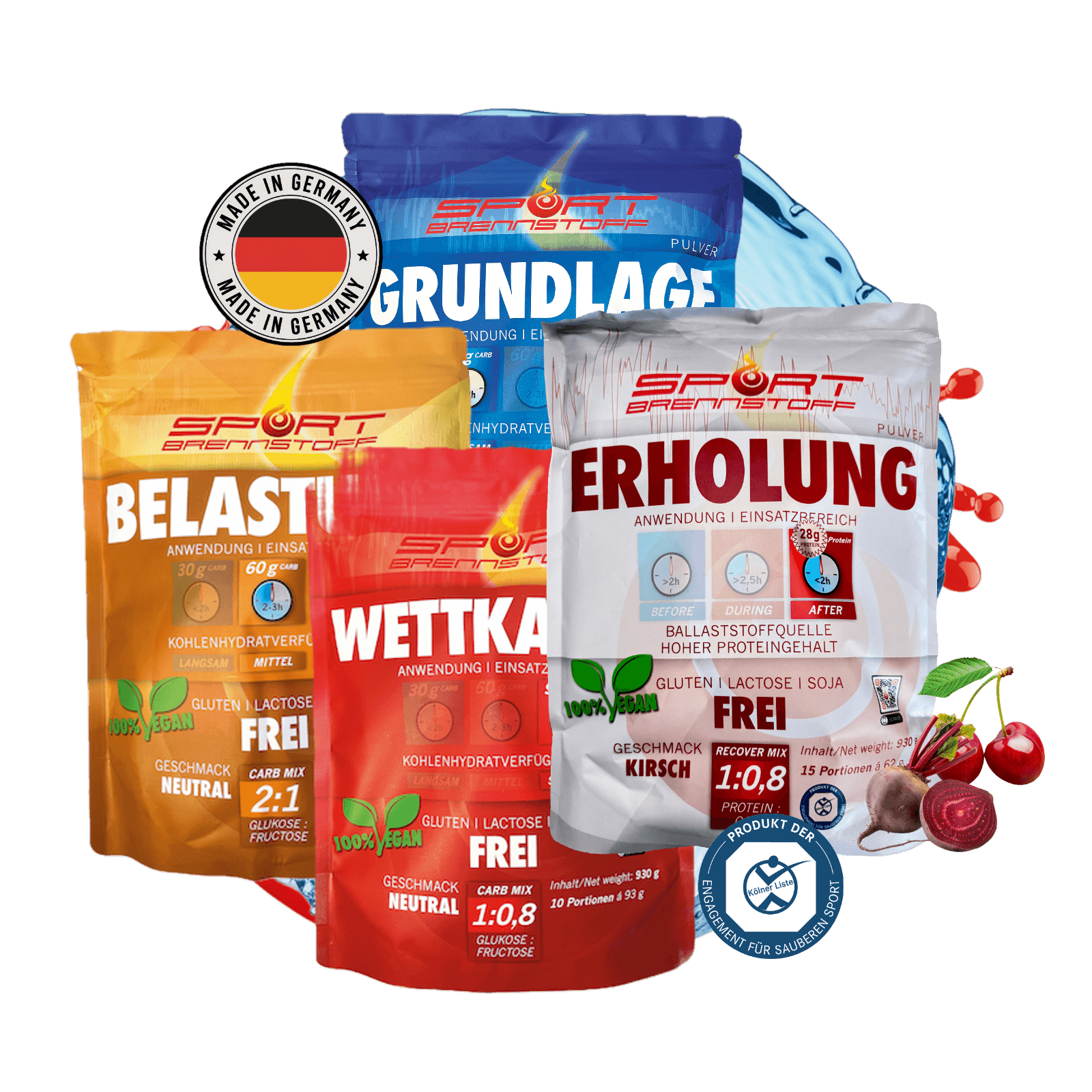
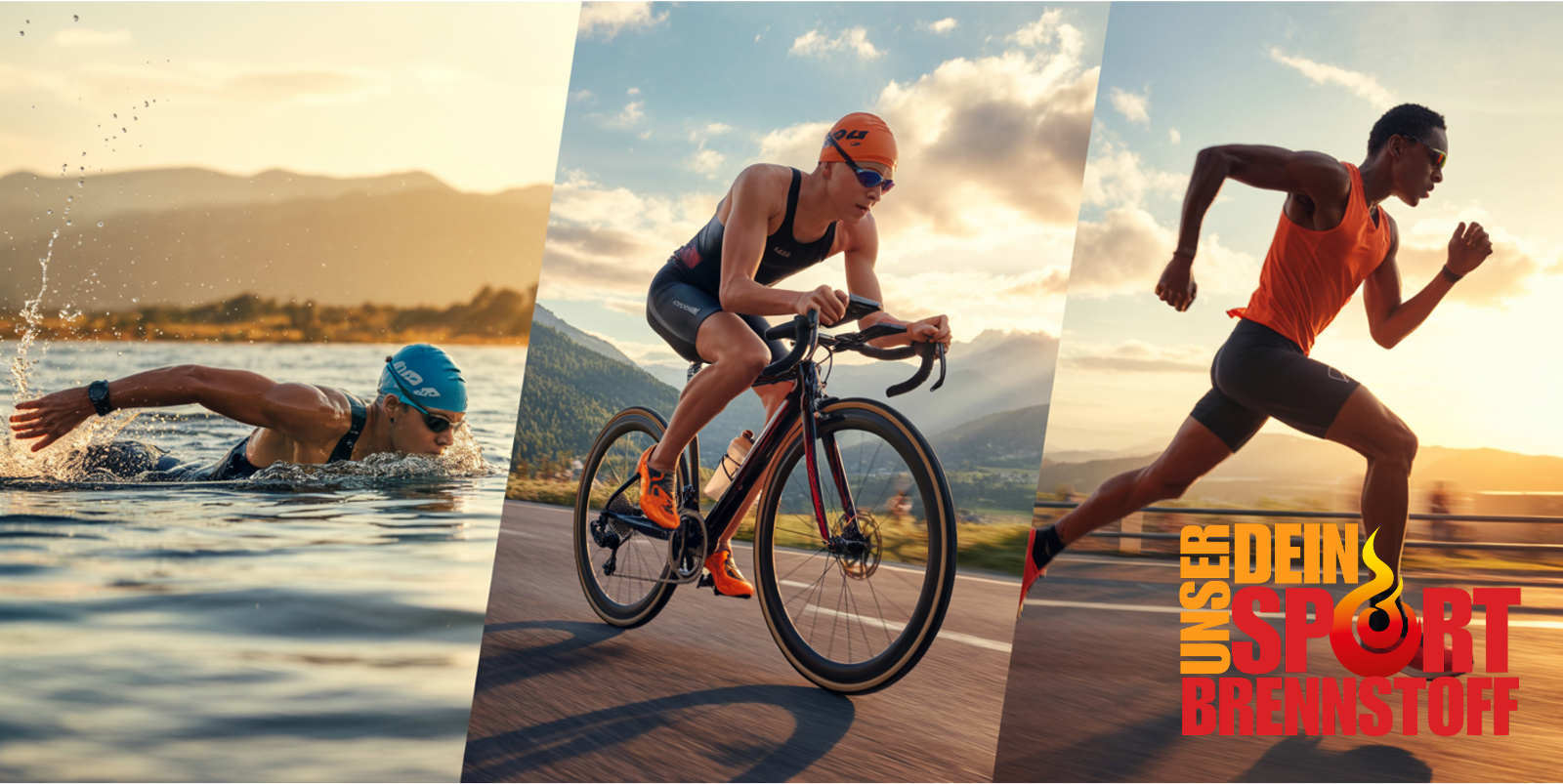
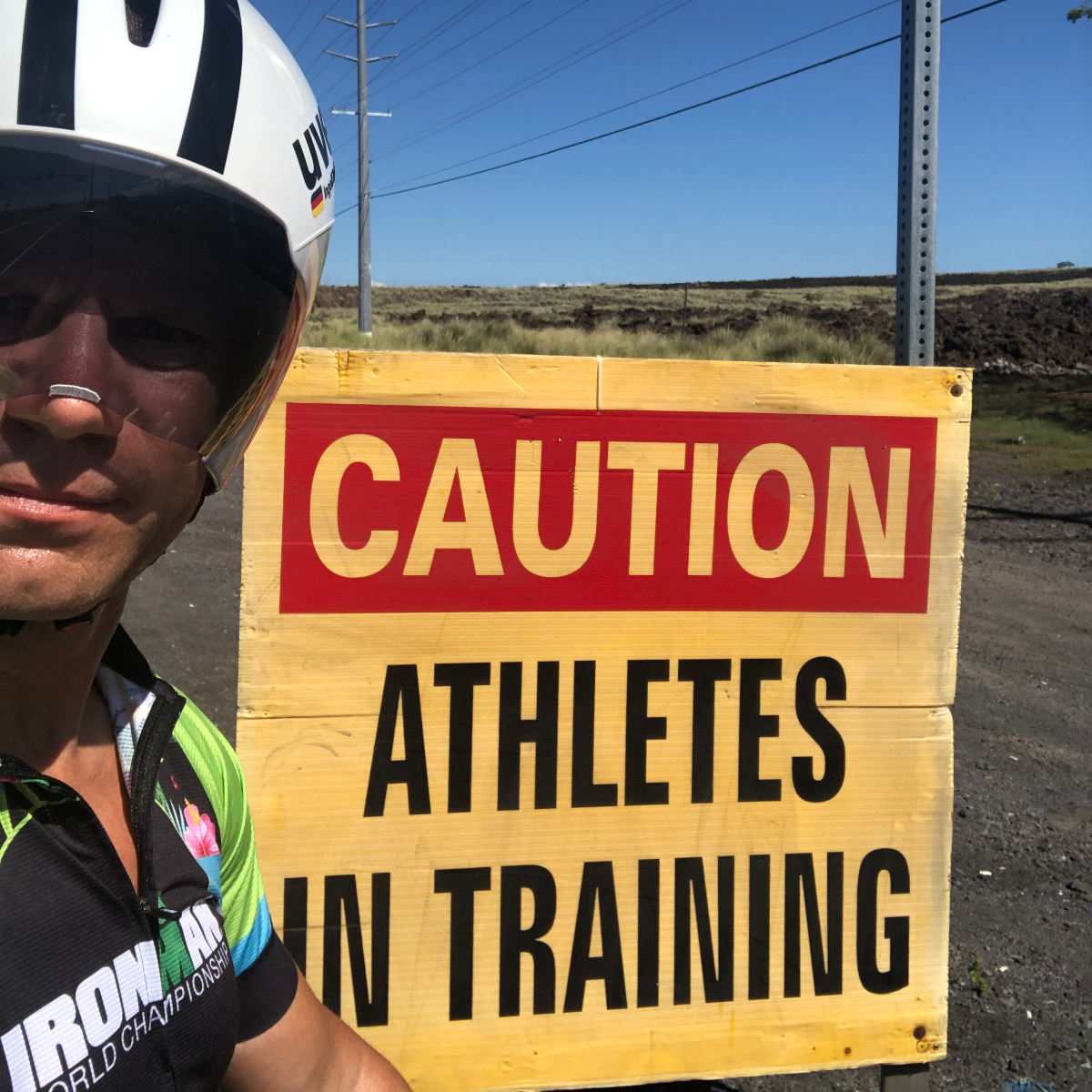
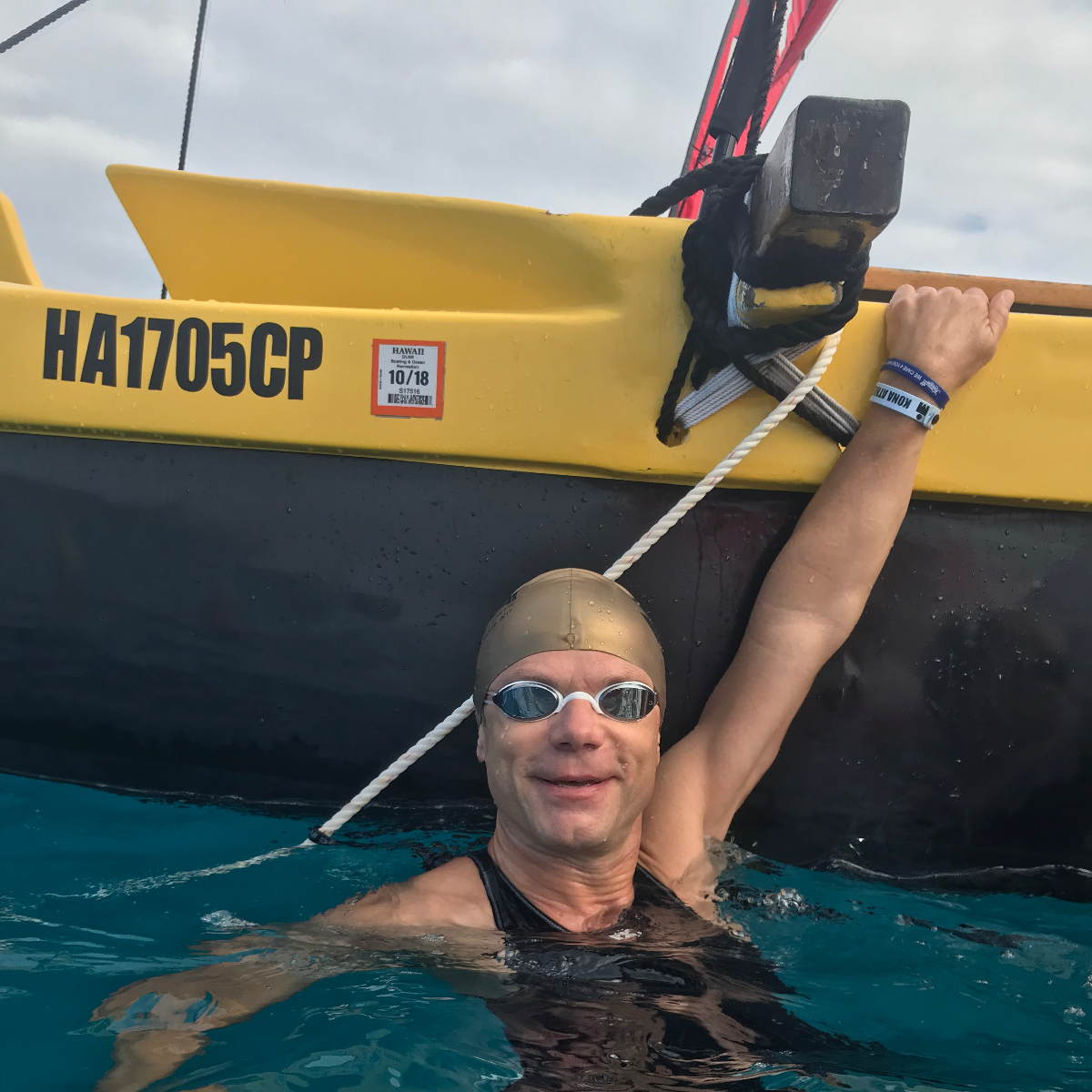
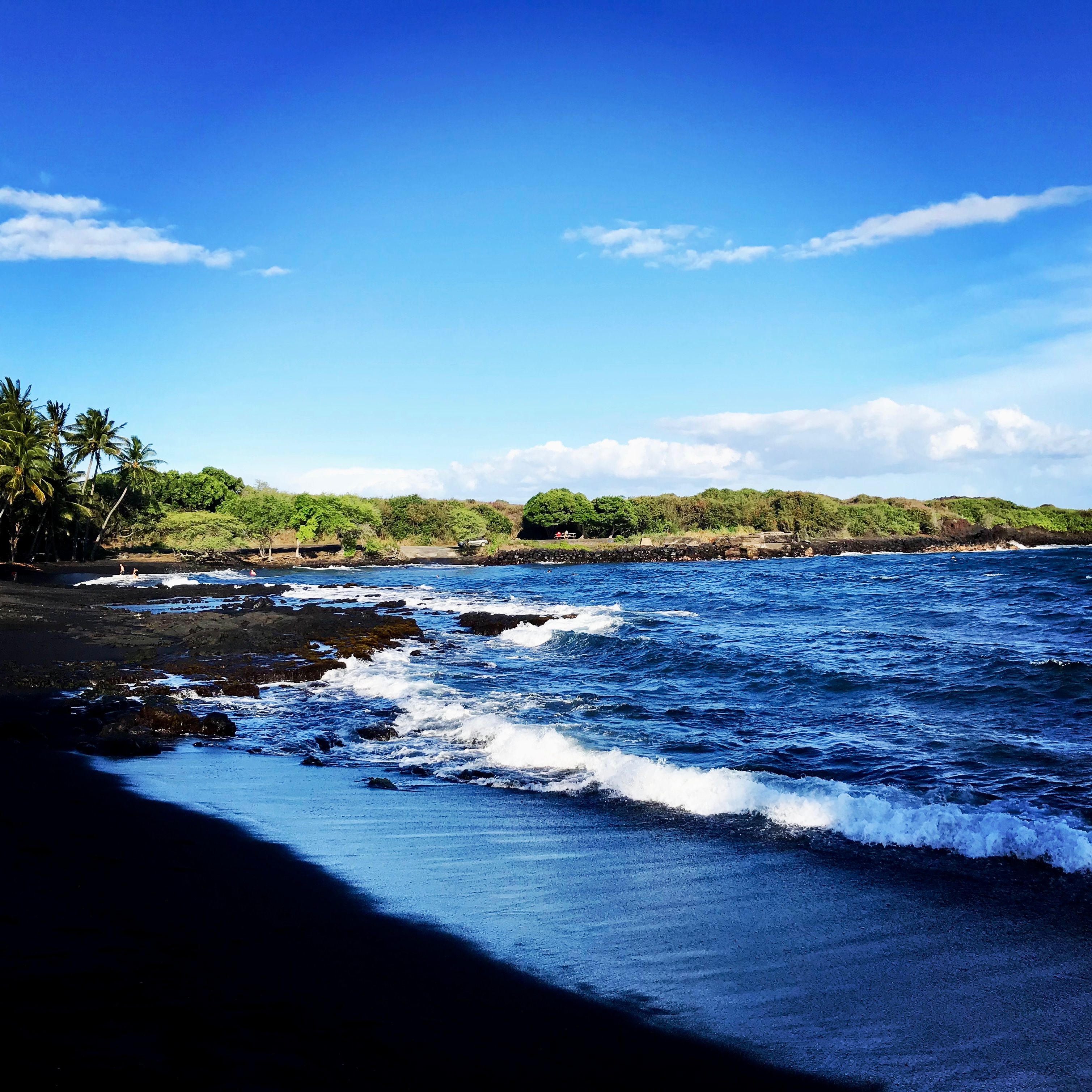
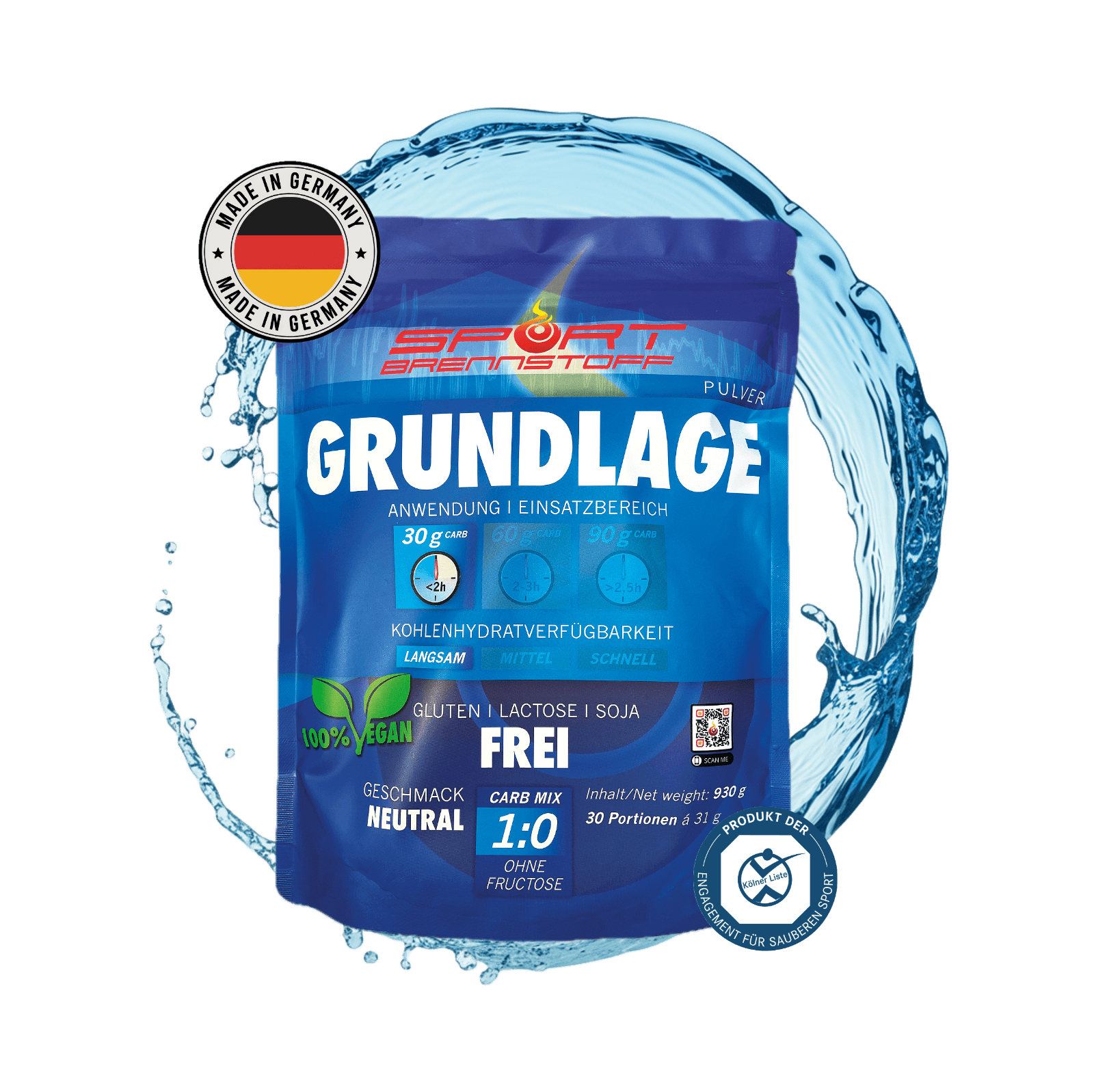

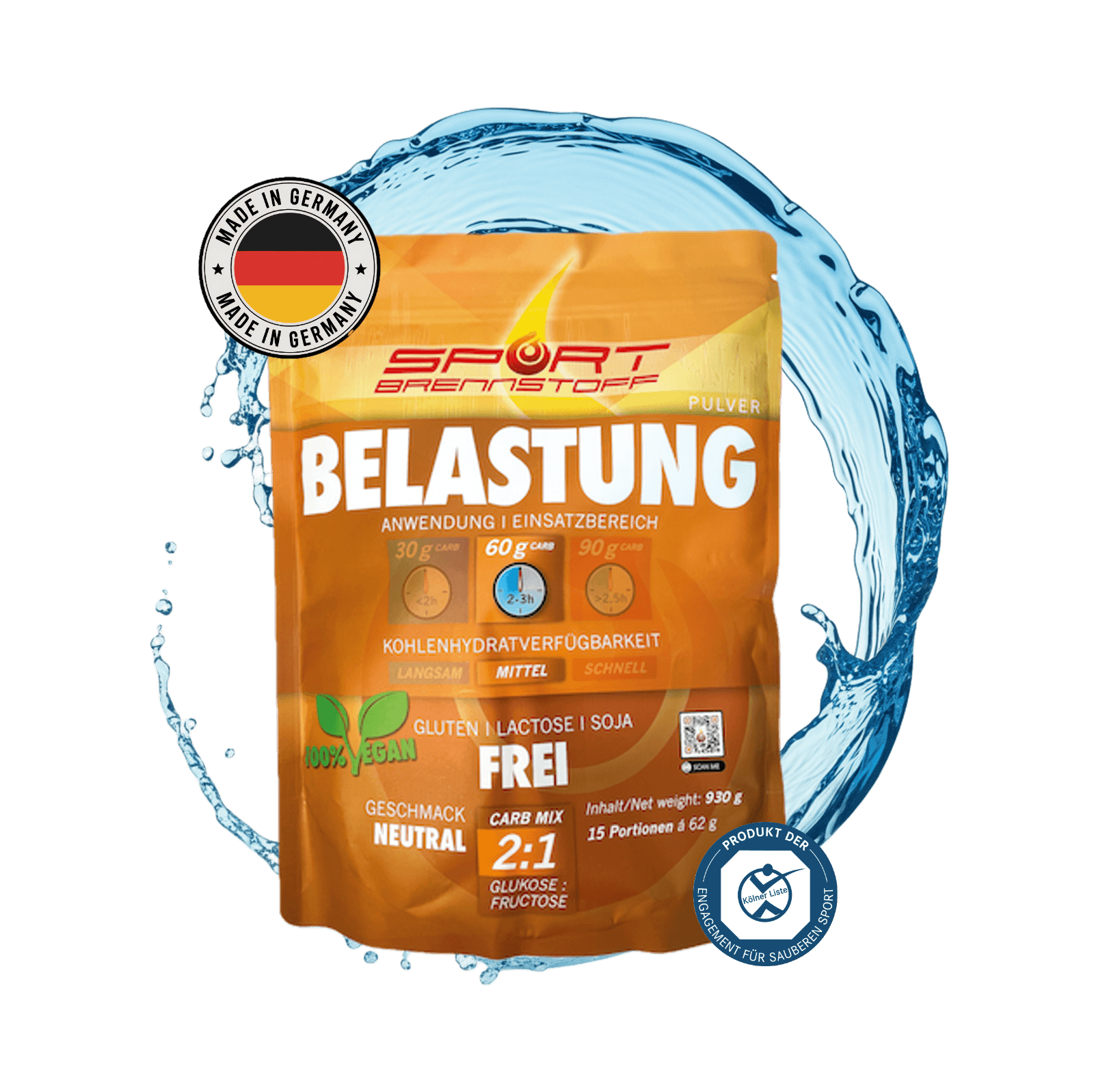

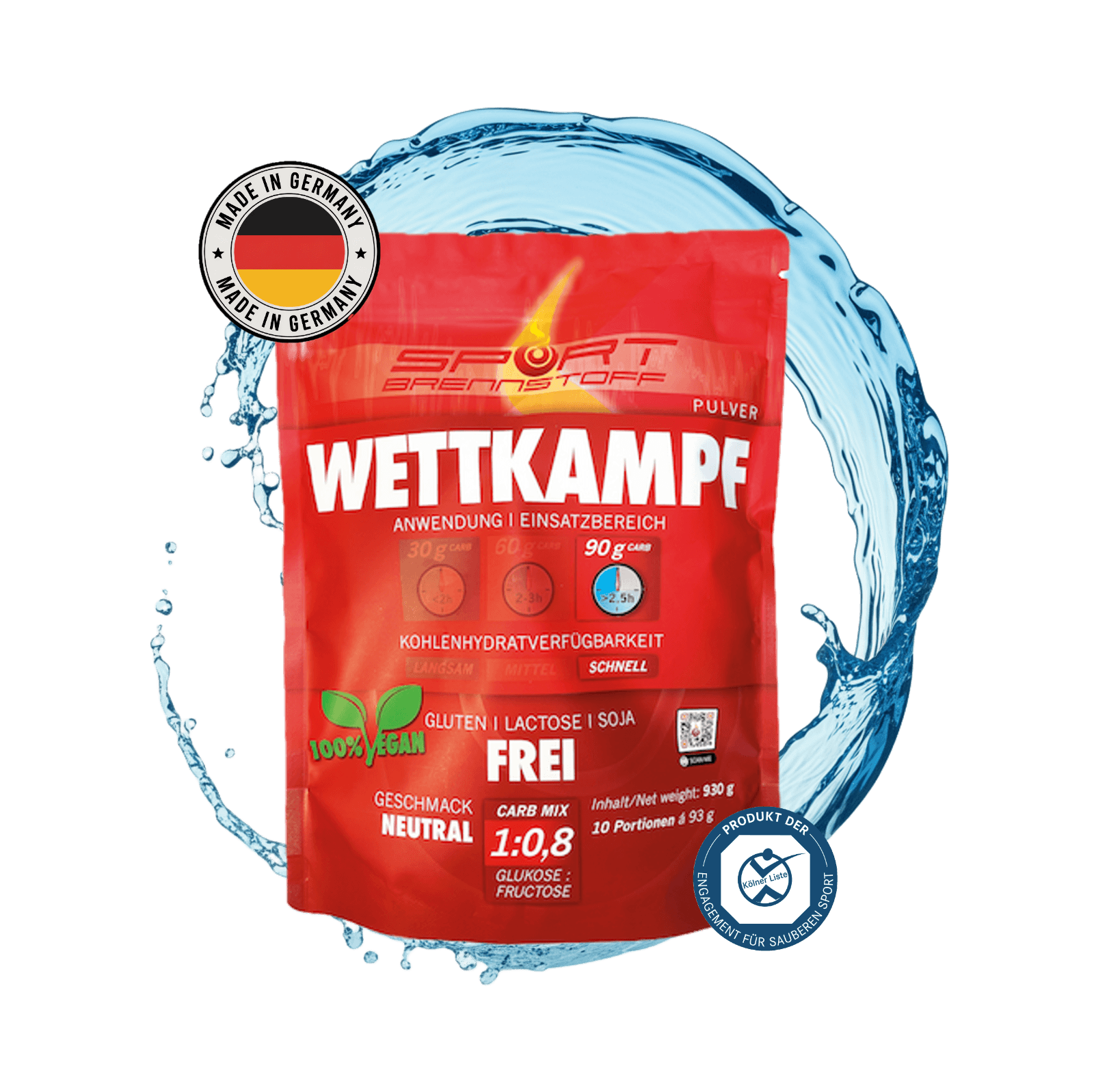

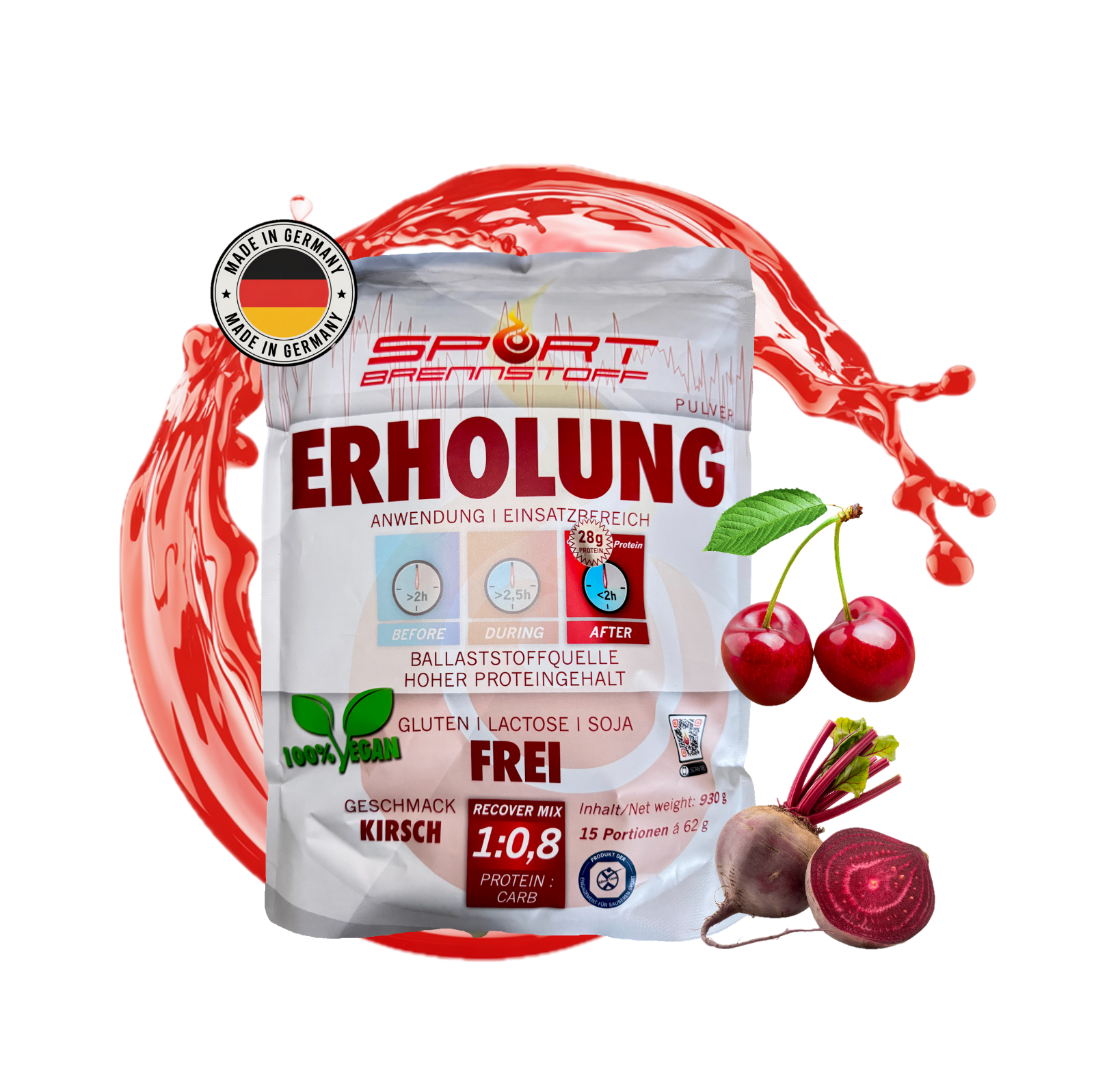
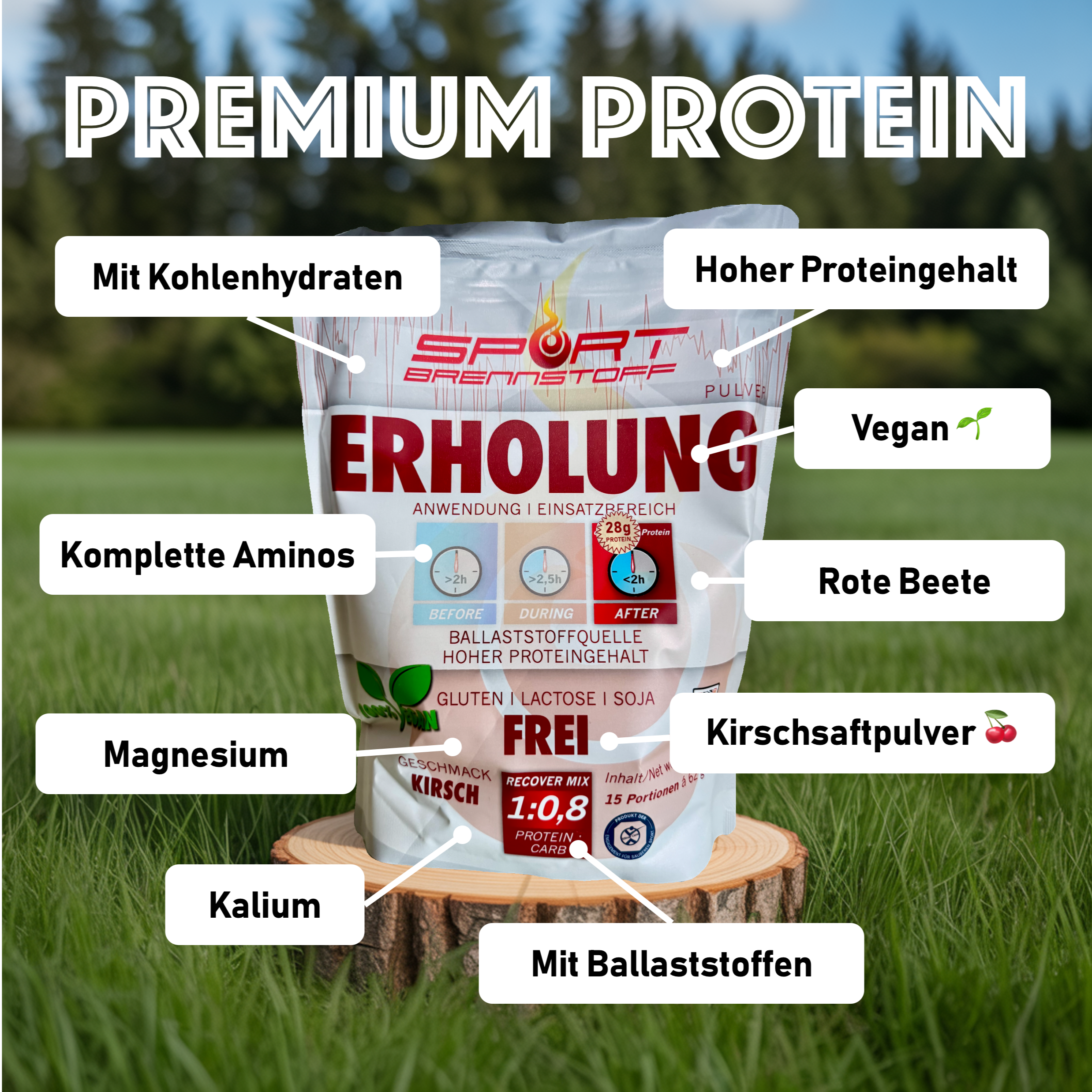





Leave a comment
All comments are moderated before being published.
This site is protected by hCaptcha and the hCaptcha Privacy Policy and Terms of Service apply.